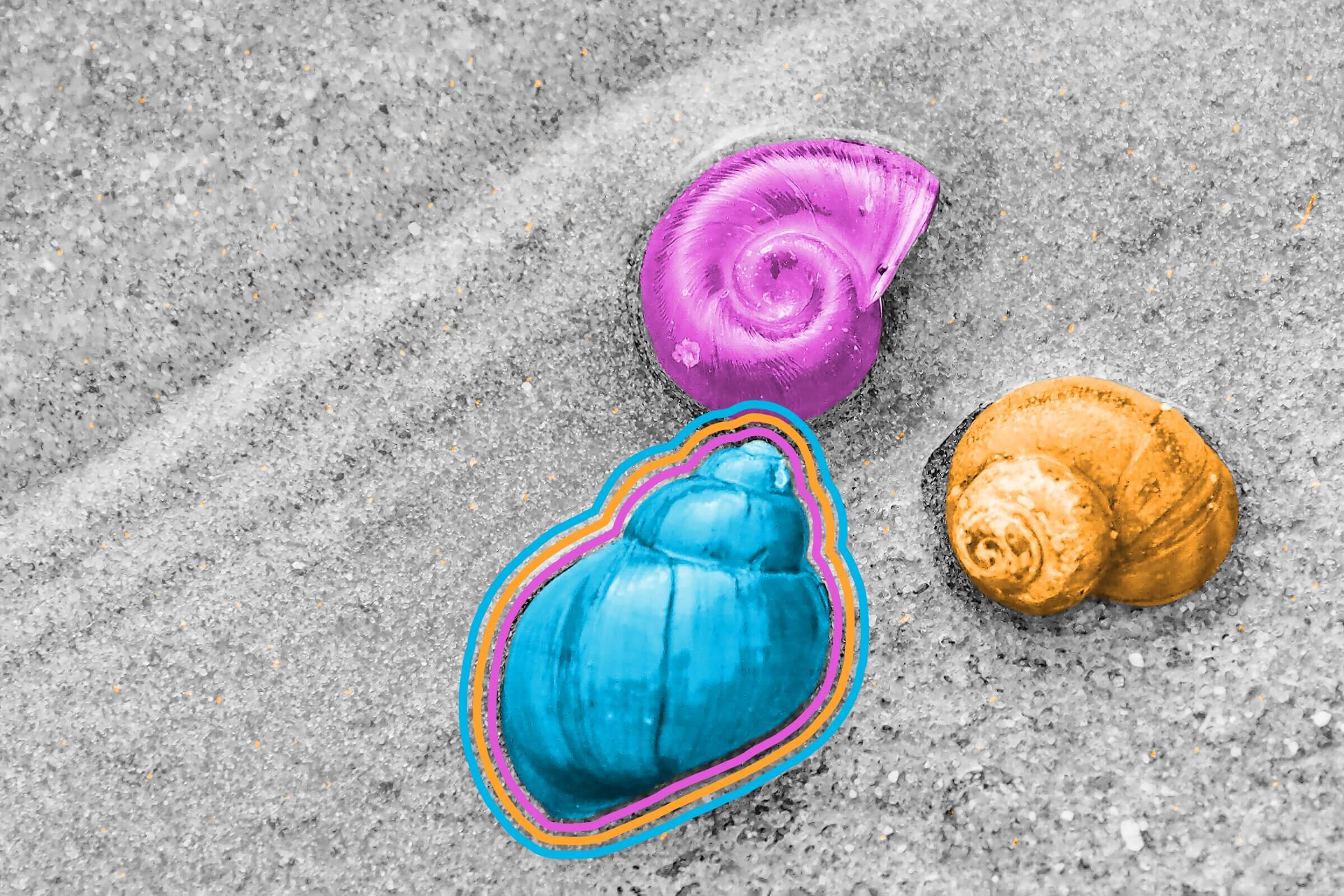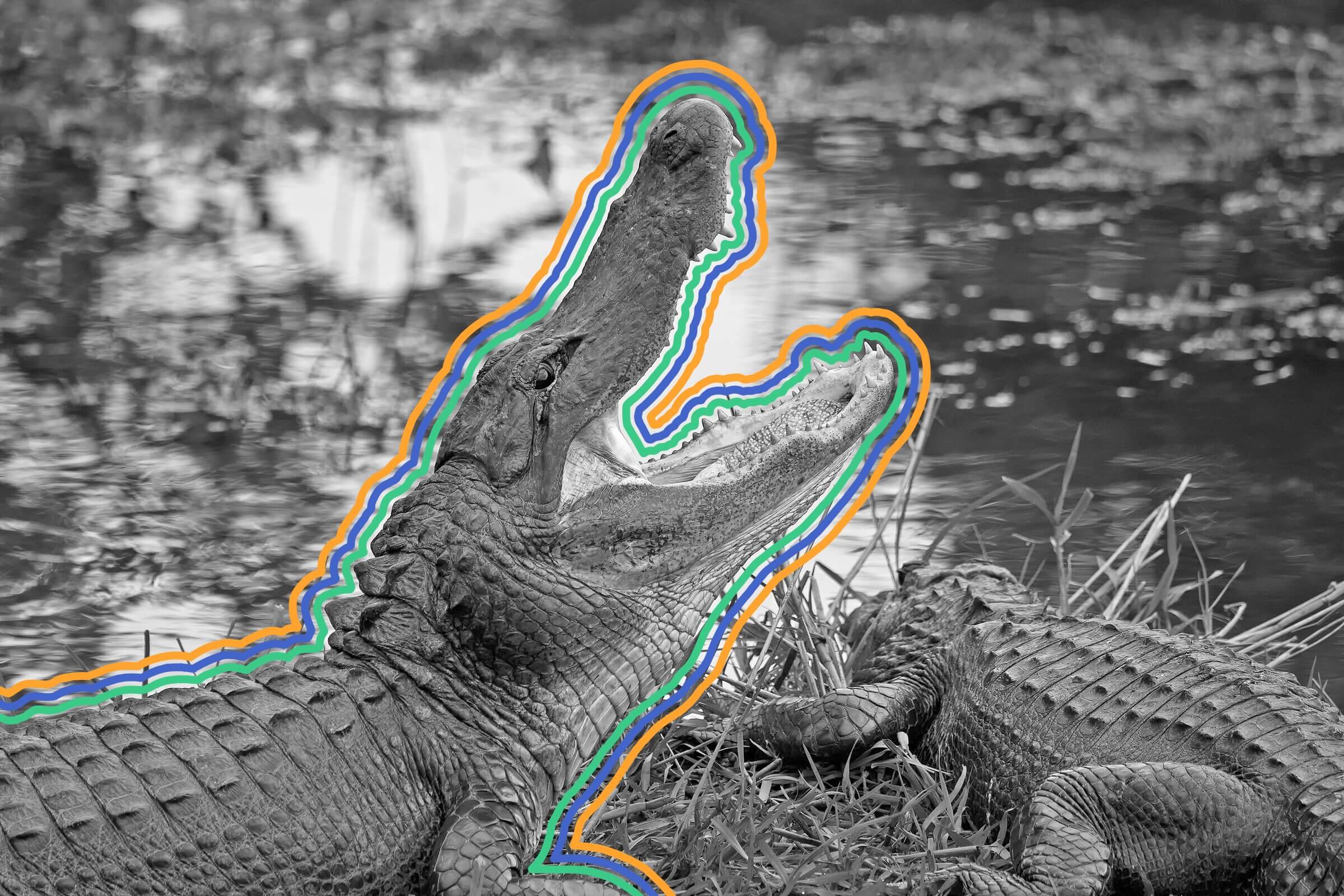
Nine out of 10 shells open to the right.
Regardless of where you find them — be it on a beach, along a riverbank, or in a garden — most shells share a common feature: 90% of them coil clockwise and open to the right. Mollusk shells with these right-oriented openings are called “dextral,” while those with left-leaning apertures are designated “sinistral.” (These terms can be applied to right- and left-handed humans, too; remarkably, left-handedness occurs in shells and humans at similar rates, with an estimated 10% to 12% of people worldwide being lefties.)
Some marine life experts believe that just one gene impacts the direction a shell will coil. The rarity of sinistral shells has created a high-priced market for them — they’re so sought-after among collectors that unscrupulous dealers have been known to peddle counterfeits. However, a few species of marine mollusks are predominantly sinistral. The most commonly known is the lightning whelk, a sea snail found in the waters of the Gulf of Mexico. Recognizable by their tapering brown, orange, and cream-colored shells, lightning whelks spend most of their lives submerged in underwater grass beds and at the bottoms of bays, feasting on clams and oysters. Some lighting whelks have reached record lengths of 16 inches — and even most of these whoppers have openings pointing toward the left.
Beyond being a decadent dish, oysters are best known for their glamorous byproduct: pearls. While pearls are the only gemstone created by a living creature, oysters aren’t the sole producer of these underwater jewels. All other mollusks can technically make pearls, as can some gastropods (aka sea snails, which produce rare melo pearls). The special spheres are formed thanks to an oyster’s natural defense against lodged pieces of food or parasites, which trigger the animal to surround the irritant in layers of aragonite and conchiolin — the same substances that make up shells. These layers create a material called nacre (better known as mother-of-pearl), which has the smooth, opalescent sheen for which pearls are beloved.

